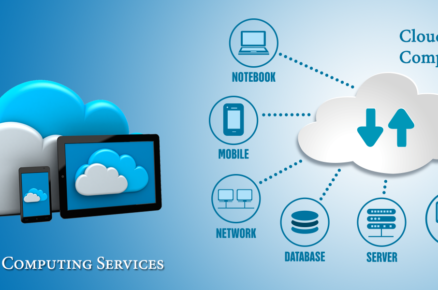Electronic transformation needs to be stepped up by keeping executives up in the night. Digital conversion has become the number one tactical priority in several companies, as per a study by Forbes Insights. The report concluded that 50% of senior managers think it’ll be critical to driving digital attempts to prepare for the long term in the coming years.
Why do businesses focus on electronic transformation? As per the Forbes Insights, they see this as the key to understanding growth.
Though, as companies use technology to boost their efficiency or even competitiveness, they may make online transformation errors across the way when they reorient a business. Here is the look with the most common pitfalls usually leaders make:-
Setting only the short-term goals
Digital transformation is also an ongoing shift process based on company needs and changing expectations.
But electronic transformation is viewed as a brief-term project in several companies— one which has a date of completion.
Consulting company McKinsey & Company can also be misleading to warn which brief-term based yardsticks like turn-on-investment (ROI).
Rather, un-traditional metrics which evaluate digital implementation, like new digital network registrations as well as levels for digital engagement, were better ways to measure the success of the digital transformation for an organization.
Totally relying on the transformation.
Once Vince Lombardi liked to say, “Winning is not a thing of the past, it is an all-time thing.” As well as I know how you think, we’re not talking about the weather here. Now you are right, but I believe this quote can be tweaked to say electronic transformation isn’t a one-time thing, it was an all-time thing.
The point is, electronic transformation is not a problem of technology, and this is a problem of the company.
It’s a problem with the brand. It is a problem of marketing, a problem of sales, and an issue of HR.
You will make digital transformation errors until your business realizes how much and how wide tech and digital transformation eventually reaches inside the organization.
Analyze properly to redefining roles and creating new ones
In the businesses, digital transformation is altering anything, and with that, they need to modify. That means looking at old roles as well as redefining how much our workers need to do to be efficient and serve effectively in the marketplace of today.
This is particularly with roles such as CMO and CIO, which are currently dealing with an enormous identity crisis.
They see all they attended school for being thrown out of the window, and they will be charged with developing digital strategies for technologies which they may or may even not understand.
Failure to recognize this gap in skill/knowledge is indeed a digital transformation error. We have to redefine positions as well as look at them from an electronically transformed job role that yesterday would not succeed in today’s market.
Not all need to be transformed
This is a critical stage in the process of electronic transformation to recognize not every element from your business needs a major change.
Migrating techniques for the sake of migrating technologies isn’t always a great idea, but what needs to be taken into account is trying to migrate technologies which add business value and some technological advantages.
In short, new doesn’t mean better at all times. That’s something that often seen executives struggling with. With this, it is important for organizations to determine whether the technologies they consider to be robust, prove the business impacts, and afterwards invest heavily as such an early majority adopter of such proven methods.
Managing Expectation
Changing is seldom easy. To many, the advent of the digital tide has created dread for human workers because they believe that technology, including smart automation, poses a threat to careers as well as livelihood.
It is imperative that businesses take time to teach and dialogue for all team members about improvements, from baby boomers planning to retire to the millennials as well as Gen Xers whose professions are just starting.
One of the finest ways to end integrating newer technologies into the fold would be to introduce customer-friendly, easily installed technologies.
Thinking it is all about the technology
There is much more to transformations than rolling out new tech. Technology is only an enabler: its primary driver to all digital evolutions ought to be to find ways to increase customer satisfaction. If it came to implementation, newer technologies are essential. But they can take attention away from the ultimate goal of serving people: tangible changes.











